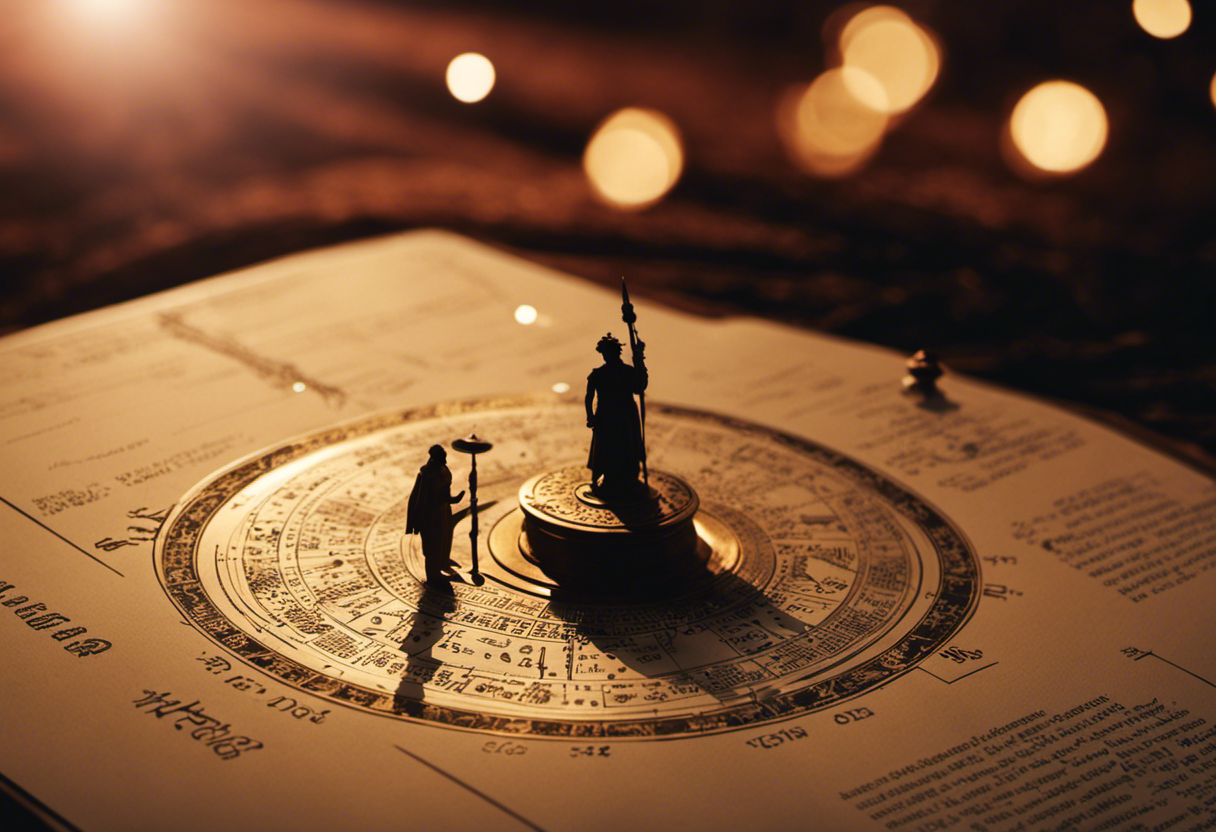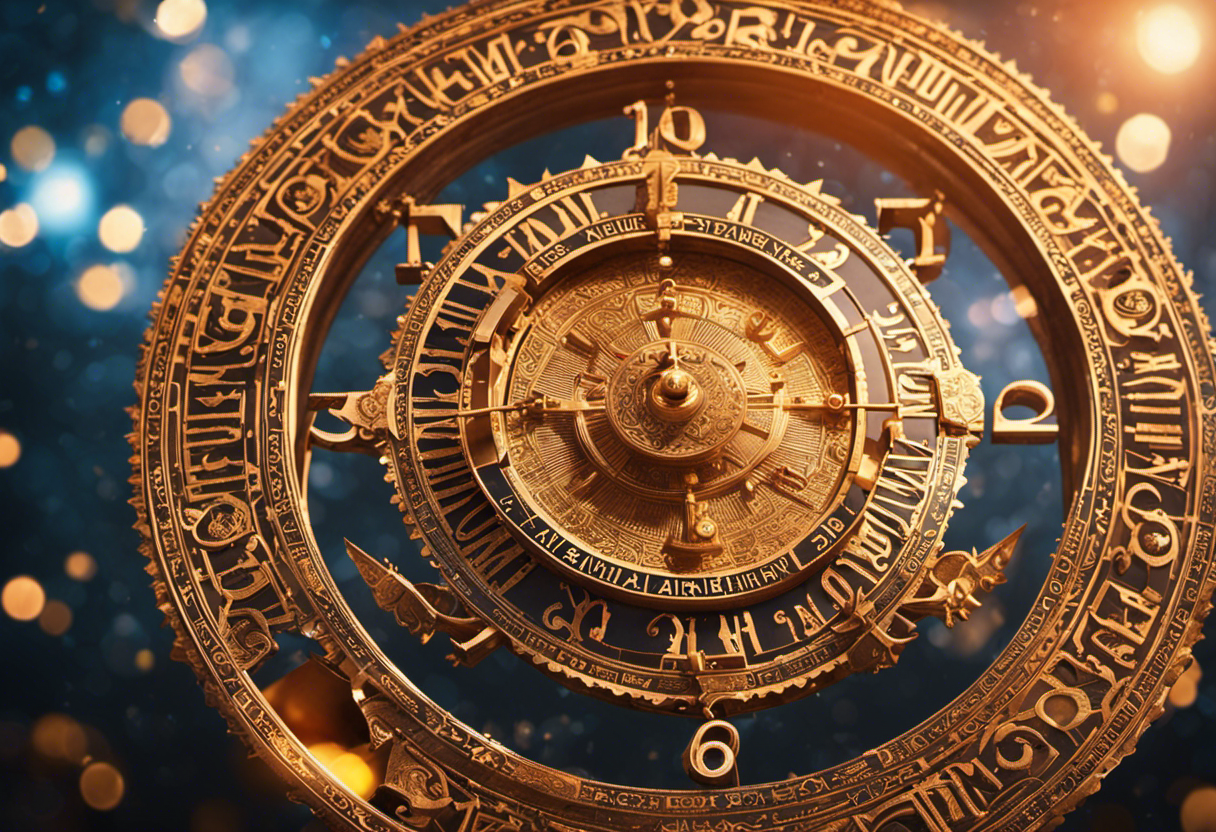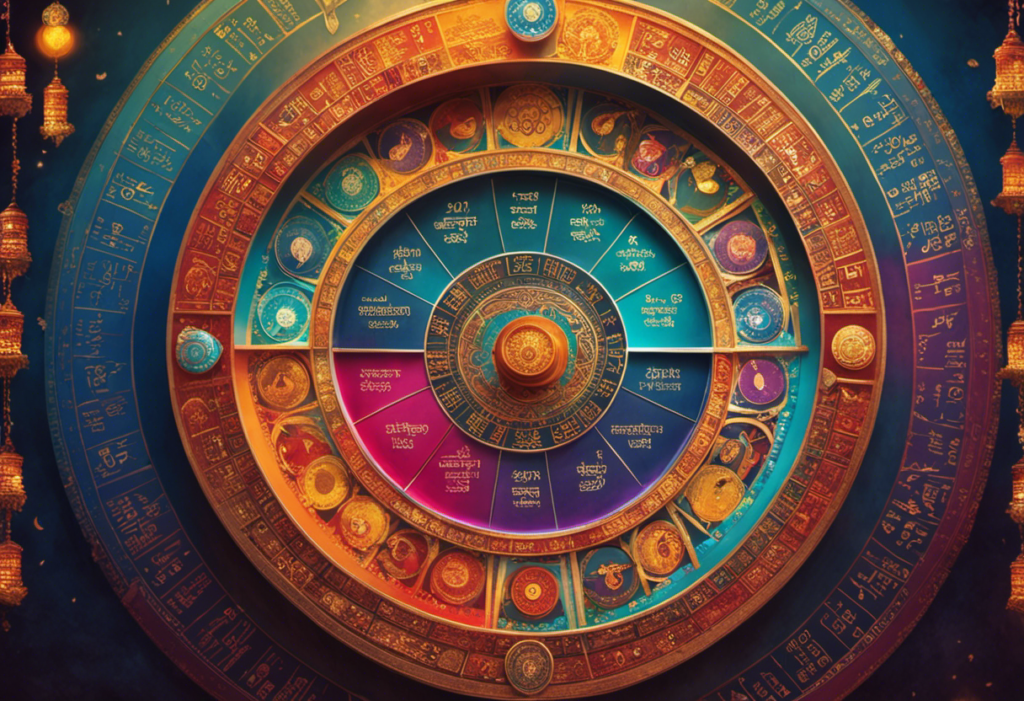In the realm of timekeeping, the ancient Hindu calendar system of Vikram Samvat stands as a captivating coincidence. This calendar, with its roots in the historical origins of India, has a unique mechanism to account for the ever-shifting solar year.
Among its many intricacies, the leap year holds a particular significance, ensuring the synchronization of lunar and solar cycles. This article delves into the calculation, rules, and cultural festivals intertwined with the leap year mechanism in Vikram Samvat, shedding light on its enduring relevance in contemporary India.
Key Takeaways
- Vikram Samvat dates back to the 1st century BCE and was established by King Vikramaditya of Ujjain.
- The leap year in Vikram Samvat maintains calendar accuracy and ensures important events and festivals occur at the correct time.
- The leap year aligns the Vikram Samvat calendar with the Earth’s orbit and prevents it from shifting away from the seasons.
- The leap year in Vikram Samvat reflects ancient wisdom and knowledge of timekeeping, preserves cultural heritage, and serves as a reminder of the cultural and religious significance of the calendar system.
Historical Origins of Vikram Samvat


One of the key aspects in understanding Vikram Samvat is its historical origins, which date back to the 1st century BCE. Vikram Samvat, also known as the Vikrama Era, is a traditional Hindu calendar system that is widely used in Nepal and some regions of India. It was established by King Vikramaditya of Ujjain, a legendary ruler in ancient India.
The historical development of Vikram Samvat can be traced to the lunar calendar system prevalent during that era. The lunar calendar is based on the cycles of the moon, with each month beginning at the new moon and ending at the next new moon. This lunar system is believed to have been in use even before the establishment of Vikram Samvat.
King Vikramaditya, known for his patronage of scholars and his love for learning, sought to create a calendar system that would align with the solar year as well. To achieve this, he introduced the concept of intercalation, which involved adding an extra month every few years to synchronize the lunar and solar calendars. This mechanism ensured that the festival of Diwali, which marks the beginning of the Vikram Samvat year, would always fall during the Hindu month of Kartik, corresponding to the month of October or November in the Gregorian calendar.
Understanding the Solar Year in Hindu Culture


Regularly, the solar year holds great significance in Hindu culture and plays a vital role in the calculation of festivals and auspicious occasions. The Hindu calendar, known as the Panchang, is based on the solar year and follows a cyclical pattern of 365 days.
Here are some key aspects of the solar year calculation in the Hindu calendar:
-
Adherence to the Surya Siddhanta: The Hindu calendar follows the principles laid out in the ancient astronomical text called the Surya Siddhanta, which provides the basis for the calculation of the solar year.
-
Alignment with the seasons: The Hindu calendar takes into account the changing seasons and the movement of the sun to determine the start of each month and the occurrence of important festivals.
-
Lunar influence: While the Hindu calendar primarily follows the solar year, it also incorporates lunar months, resulting in a lunisolar calendar system. This ensures that the lunar months align with the solar year.
-
Intercalation: To maintain the synchronization between the lunar and solar calendars, the Hindu calendar occasionally adds an extra month called Adhik Maas or Mal Maas. This intercalation helps in balancing the lunar and solar cycles.
-
Regional variations: Different regions in India may have their own variations of the Hindu calendar, incorporating local customs and traditions.
Understanding the solar year calculation in the Hindu calendar is essential not only for religious and cultural observances but also for agricultural activities and social events.
Importance of the Leap Year in Vikram Samvat


The leap year mechanism in Vikram Samvat is of great importance due to its role in maintaining calendar accuracy. By adding an extra day every four years, the calendar aligns with the solar year, ensuring that important events and festivals occur at the correct time.
Additionally, the leap year holds cultural and historical significance, as it is deeply rooted in Hindu traditions and reflects the ancient wisdom and knowledge of timekeeping.
Calendar Accuracy and Adjustments
How is the Leap Year in Vikram Samvat important for ensuring calendar accuracy and making necessary adjustments?
The Leap Year plays a crucial role in maintaining calendar accuracy in Vikram Samvat. Here are some reasons why it is essential:
-
Ensures synchronization with astronomical events: The addition of an extra day in the Leap Year helps align the Vikram Samvat calendar with the Earth’s orbit around the Sun.
-
Prevents seasonal drift: By accounting for the slight discrepancy between the solar year and the calendar year, the Leap Year prevents the calendar from gradually shifting away from the seasons.
-
Allows for accurate festival dates: Many religious and cultural festivals in the Vikram Samvat calendar are tied to specific astronomical events. The Leap Year adjustment ensures that these festivals occur on the correct dates.
-
Maintains consistency in agricultural practices: Farmers rely on the Vikram Samvat calendar for planning agricultural activities. The Leap Year adjustment helps them synchronize their farming practices with the changing seasons.
-
Preserves cultural heritage: The accurate representation of time in the Vikram Samvat calendar helps preserve cultural traditions and maintain a sense of identity among communities.
Cultural and Historical Significance
Having deep roots in ancient Indian culture, the Leap Year in Vikram Samvat holds a significant place in the historical and cultural traditions of the calendar system.
Vikram Samvat is a lunar calendar used in India, and the addition of a leap year ensures its alignment with the solar year.
The cultural celebrations associated with the Leap Year reflect the importance of this adjustment in maintaining accuracy and synchronizing the lunar and solar cycles.
People participate in various ceremonies and festivals during this time, honoring the leap year and its role in preserving the integrity of Vikram Samvat.
These cultural celebrations not only highlight the cultural significance of the calendar system but also serve as a reminder of the rich history and traditions of ancient India.
Calculation and Rules for Leap Years in VS


Exploring the Calculation and Rules for Leap Years in VS reveals the intricacies of the leap year mechanism in Vikram Samvat. In VS, leap years are determined by a set of rules and calculations that ensure the accuracy of the calendar system. Here are some key points to consider:
-
Leap year calculation: In Vikram Samvat, leap years are calculated based on a complex formula that takes into account the position of the sun and the moon. This calculation ensures that the calendar aligns with the astronomical events accurately.
-
Lunar calendar influence: The Vikram Samvat calendar is primarily based on the lunar cycle, which means that leap years are necessary to synchronize the lunar and solar calendars. This ensures that important festivals and religious events occur at the proper times.
-
Intercalary month: In some instances, an intercalary month is added to the calendar to maintain harmony with the solar year. This month, known as Adhik Maas, is inserted after a specific number of years to balance the lunar and solar calendars.
-
Religious significance: The calculation and observation of leap years in Vikram Samvat hold great religious and cultural significance for followers of Hinduism. It ensures that important festivals and religious events occur in the correct seasons and align with traditional practices.
-
Timekeeping precision: The leap year mechanism in Vikram Samvat showcases the meticulous attention given to timekeeping in ancient India. It highlights the sophisticated understanding of astronomy and mathematics that was prevalent during that time.
Cultural Festivals and the Leap Year Connection


The cultural festivals and their connection to the leap year are of great significance in Vikram Samvat. These cultural celebrations play an important role in the lives of people following the Vikram Samvat calendar, as they are deeply rooted in traditional practices.
In Vikram Samvat, the leap year is known as Adhik Maas or Purushottam Maas. This additional month is added every few years to align the lunar calendar with the solar calendar. The occurrence of Adhik Maas is determined by astronomical calculations and is announced by the religious authorities.
During Adhik Maas, various cultural festivals are celebrated with great enthusiasm. People engage in religious activities, perform rituals, and observe fasts to seek blessings and spiritual growth. It is believed that performing these practices during this auspicious month brings prosperity and good fortune.
Some of the prominent cultural festivals celebrated during Adhik Maas include Purushottam Ekadashi, Vrat Parva, and Tulsi Vivah. These festivals hold deep religious significance and are celebrated with grandeur and devotion. People come together to participate in community events, decorate their homes, and exchange gifts and sweets.
The connection between cultural festivals and the leap year in Vikram Samvat reflects the rich cultural heritage and the deep-rooted traditions of the people. These celebrations provide an opportunity for individuals to connect with their religious beliefs and strengthen their sense of community.
Significance of Vikram Samvat in Contemporary India


Vikram Samvat continues to hold immense significance in contemporary India, as it serves as a cultural and religious anchor for millions of people. This ancient Hindu calendar system, established by Emperor Vikramaditya, has not only survived the test of time but also found its place in various aspects of modern Indian society.
-
Vikram Samvat in Politics: The calendar plays a crucial role in political events and decision-making. Many political leaders consult the calendar to determine auspicious dates for important announcements, rallies, and inaugurations. It adds a sense of tradition and cultural significance to political activities.
-
Vikram Samvat in Business: The calendar is also widely used in the business world. Many companies and entrepreneurs consider Vikram Samvat when planning product launches, signing contracts, and conducting business transactions. It is believed that starting new ventures during auspicious times brings prosperity and success.
-
Cultural Celebrations: Vikram Samvat is deeply intertwined with cultural festivals and celebrations. From Diwali, the festival of lights, to Holi, the festival of colors, these events are marked according to the calendar. It connects people to their roots and fosters a sense of community and togetherness.
-
Religious Observances: Hindu religious observances, such as fasting and performing rituals, are often guided by Vikram Samvat. It helps individuals align their spiritual practices with the lunar calendar, enhancing their religious experience.
-
Historical Significance: Vikram Samvat reminds Indians of their rich history and heritage. It serves as a reminder of the glorious past and the contributions made by ancient rulers and scholars.
Conclusion
In conclusion, the leap year mechanism in Vikram Samvat plays a crucial role in aligning the lunar and solar calendars.
By incorporating an extra month every few years, this ancient Hindu calendar system ensures the synchronization of religious and cultural festivals with the changing seasons.
The significance of Vikram Samvat in contemporary India reflects the enduring connection between the calendar and the cultural fabric of the country, highlighting its continued relevance in the modern era.




